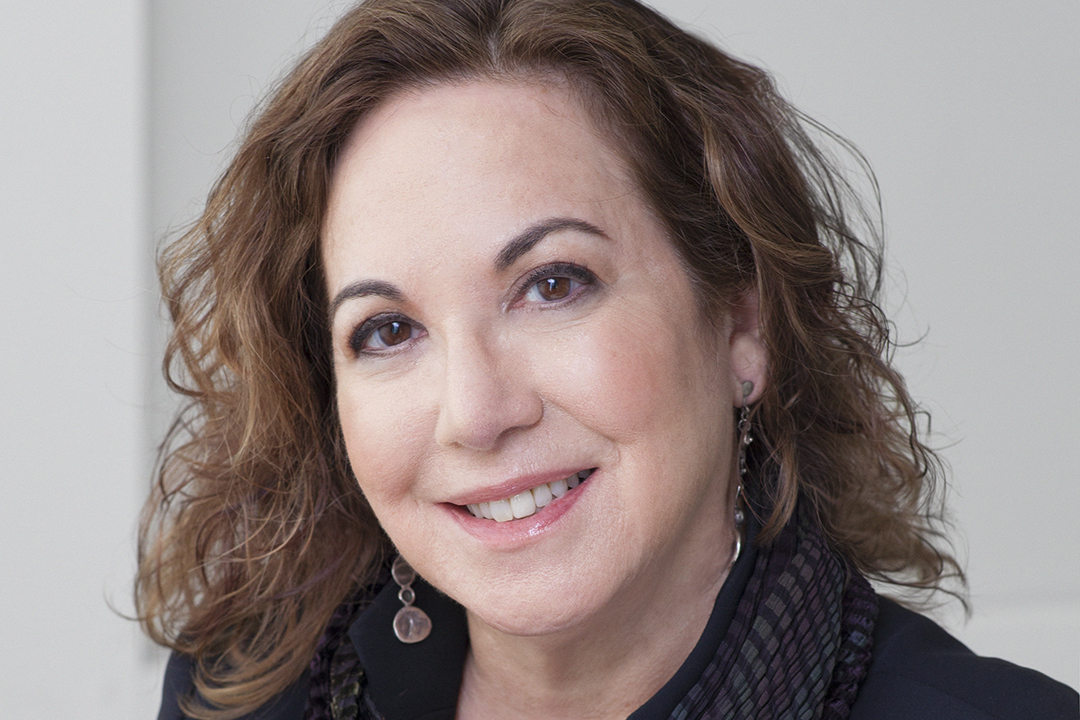By Ruth Steinhardt
A 13 year old punished for wearing a black armband to school in protest of the Vietnam War. A teen sent out of class for saying he did not accept homosexuality. Even a kindergartener suspended for calling a classmate a “poo-poo head.”
All were disciplined not for something they did, but for something they said. And since all were public school students, the state was punishing them in direct violation of their First Amendment rights.
When that happens, according to GW Law’s Catherine Ross, “[Students] are learning exactly the opposite of the lesson we should be teaching them in school.”
“We should be teaching them to be active citizens who are engaged and feel they can speak up and be listened to and maybe have an impact on society,” said Ms. Ross, a professor at the George Washington University Law School who specializes in First Amendment rights in schools.
“Instead, we’re teaching them that we have an authoritarian state and that you speak up at your peril, which is very dangerous for the long-term health of our democracy,” she said.
Ms. Ross’s new book, “Lessons in Censorship: How Schools and Courts Subvert Students’ First Amendment Rights,” takes on the vast and often contradictory questions of what students are and are not allowed to say.
During a sabbatical spent at the Institute for Advanced Studies at Princeton’s School of Social Science, Ms. Ross worked through the available body of law on American public schools and the First Amendment. It was a daunting task.
The Supreme Court cannot possibly resolve every question about free speech in schools, so lower courts are left to flesh out the details of how to apply its general rules. The lower courts often contradict themselves and each other. Many cases that involve student speech are settled before litigation is complete or never make it to litigation at all. These realities, Ms. Ross said, leave educators and civil libertarians alike with too little guidance.
“I had to sort out three things: What is the settled law? What are the unanswered legal questions? And what do I think the law should be?” Ms. Ross said.
Ms. Ross believes that the tangle of avoided and contradictory answers to those questions show that free speech in public schools is a low priority for jurists. That is a mistake, Ms. Ross said, because the discussions happening in schools can be a microcosm of larger discussions going on in the United States.
“These speech cases involve all of the highly disputed political and cultural and social issues of our time: politics, war, weapons, immigration, LGBT rights, abortion,” she said. “And students are on both sides of all of these issues.”
But it’s important not to censor students even on less weighty matters, she said.
“[These cases] sometimes involve things that may seem kind of silly—adolescent humor that misses the mark, that is in bad taste or that adults just can’t comprehend,” she said. “But the First Amendment protects foolish speech as well as important speech.”
Ms. Ross noted that it even protects speech that she herself might find offensive or even repugnant.
“People come to schools with different views that they have learned at home, and we have to respect that diversity,” she said. “That’s part of our constitutional system. If you’re trying to inculcate a culture in which people respect each other, that means you also have to respect those who have views you may find repellent.”
A narrow band of speech types are not protected by the First Amendment and can be constitutionally censored by schools, including libel, slander and speech that crosses the line into criminal harassment. The Supreme Court also has granted schools the ability to regulate on-campus speech likely to cause a “material disruption” of the educational environment as well as “true threats” that threaten the school’s safety.
But those standards are complicated by questions about schools’ responsibility to provide “safe spaces” and about the increasing prevalence of social networks and cyberbullying.
Ms. Ross believes schools should be as hands-off as possible when it comes to speech, online or on-campus. She agrees with former Justice Robert H. Jackson, who wrote in one of the Supreme Court’s most seminal free speech in schools cases that the Constitutional rights of students must be “scrupulous[ly] protect[ed]…if we are not to strangle the free mind at its source and teach youth to discount important principles of our government as mere platitudes.”
That does not mean schools are powerless, Ms. Ross said. As she wrote in an op-ed for USA Today, “The best cure for objectionable speech is more and better speech.”
“Instead of responding to a particular kid who shouts something nasty, [schools] can work hard to create a culture in which they make it clear that the community disapproves,” she said. “Schools don’t have to just say ‘the law doesn’t let us punish bullying;’ They can think proactively about what to do to keep it from happening.
“These can be teaching moments rather than moments to penalize.”


